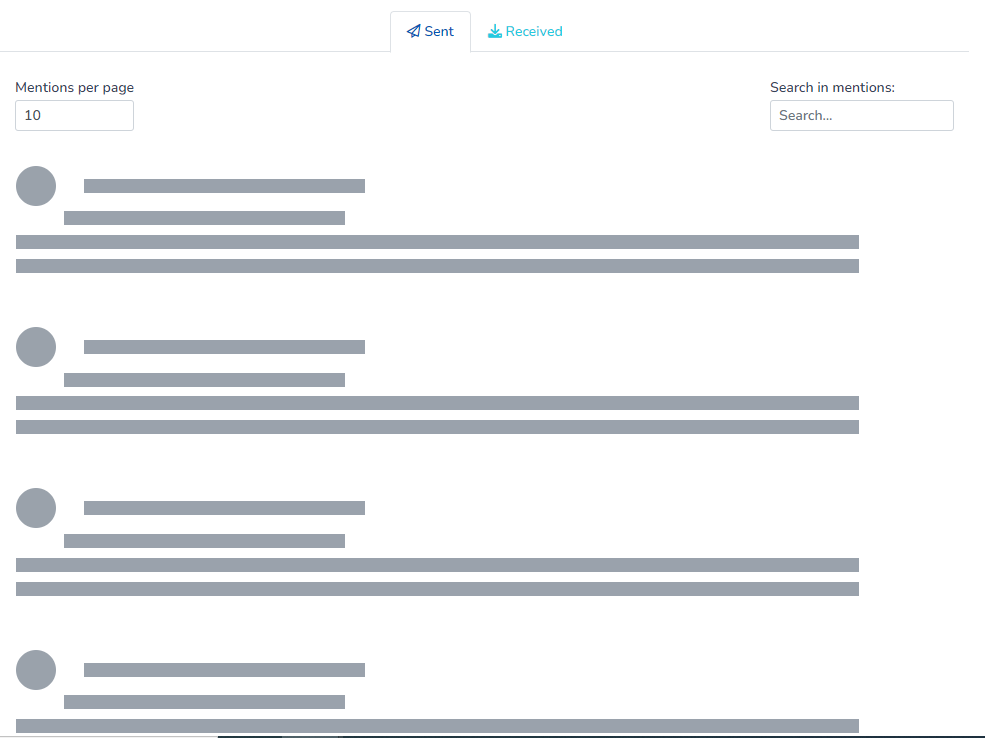Team Workflows
What are team workflows and how do they help manage customer interactions?
Team workflows are a set of steps and processes that team members use to manage customer interactions. By following these workflows, teams can ensure that all customer interactions are handled in a consistent, efficient, and effective manner. Team workflows help to streamline the process of customer service, as well as reduce the time required to complete customer interactions. Additionally, team workflows can help to ensure that customer expectations are met and that customers are satisfied with their interactions.
What specific tasks can team workflows help with?
Team workflows can help with tasks such as project planning, task delegation, progress tracking, communication, and collaboration. Team workflows can also help teams stay organized and be more efficient with their time, allowing them to focus on the tasks that need to be completed. Additionally, team workflows can help teams identify potential issues or problems before they arise, allowing them to address them in a timely manner.
What are the benefits of team workflows for managing customer mentions?
Team workflows help organizations manage customer mentions by ensuring that customer inquiries are efficiently and effectively addressed in a timely manner. Team workflows enable teams to better coordinate customer interactions and ensure that the best person is responding to each customer inquiry. This improves response times, which can lead to improved customer satisfaction and loyalty. Additionally, team workflows enable teams to maintain an archive of customer interactions, making it easier to track customer feedback, analyze trends, and address issues more effectively. Finally, team workflows facilitate collaboration between team members, allowing for more efficient problem-solving and quicker resolution of customer inquiries.
What are the best practices for managing customer mentions in a team workflow?
1. Establish clear guidelines: Establish clear guidelines that outline how customer mentions should be handled as a team.
2. Establish roles and responsibilities: Assign specific roles and responsibilities to each member of the team so that everyone knows who is responsible for responding to customer mentions.
3. Monitor mentions regularly: Monitor customer mentions on a regular basis, on all relevant platforms, to ensure that no customer comments go unnoticed.
4. Identify high priority mentions: Identify high priority mentions and assign them to the appropriate team members for timely response.
5. Track customer feedback
